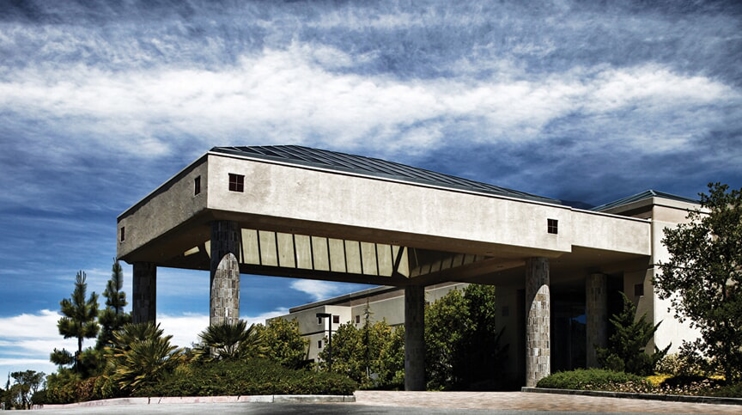Salinas Valley Health Advanced Imaging
- Category: Healthcare System

About This Location
This facility is accredited by the ACR for imaging services and won the ACR Diagnostic Imaging Center of Excellence.

One of the primary technologies used to examine and assess the cardiovascular system at the CVDC is Magnetic Resonance Imaging (MRI). Along with MRI we have advanced nuclear imaging capabilities and access to state-of-the-art cardiac CT technology.
The use of MRI in cardiovascular medicine was once limited by the technical difficulty of capturing a clear image of a beating heart. MRI technology has advanced dramatically over the past few years, allowing safe, high-speed, high-resolution imaging of the heart and vascular system.
The CVDC offers two distinct applications using MRI—Cardiac MRI used to evaluate the heart muscle and valves, and MRA (Angiography) used to study arteries and blood vessels, often an alternative to invasive angiography. Neither exposes patients to radiation and, unlike many other non-invasive cardiac imaging tests, MRI studies can often be done without contrast agents or IVs.
Cardiac MRI
Cardiac MRI studies are extremely effective in precisely evaluating the existence and causes of heart attack, heart failure, congenital heart disease or abnormalities, heart valve disease, and cardiac tumors and blood clots.
MRA (Angiography)
Using the state-of-the-art MRI technology and unique sequences developed by Toshiba Medical Systems, cardiologists at the CVDC can perform angiography not only non-invasively, but often without contrast or IVs. These options are safe and invaluable for some patients, especially those with kidney disease, who often cannot safely tolerate many imaging tests.
With the advanced technology available at the CVDC, we can image vessels in the neck, head, chest, pelvic area, abdomen, legs, hands and feet. We can not only create static images similar to traditional angiography, but also produce moving functional images of the blood vessels.
Nuclear Medicine
Myocardial Perfusion Imaging (MPI), a nuclear imaging "stress test" using MRI, is a non-invasive, proven procedure to test for critical coronary artery disease. It helps us determine the degree and location of blocked or slowed blood flow to the heart, the existence of scarred heart tissue and the pumping function of the heart. MPI is used to determine the need for invasive procedures, to avoid unwarranted hospital admissions or discharges and to assess the long-term implications for each patient.
MPI is useful for patients with known or suspected coronary artery disease. People who are at increased risk include those with diabetes, high blood pressure or high cholesterol, those who smoke or have smoked, are obese, physically inactive or have a family history of cardiovascular disease and menopausal women.
Computed Tomography (CT)
Salinas Valley Health Advanced Imaging (CADI) utilizes a 320 slice scanner to perform all general CT scans as well as advanced cardiac Imaging.
A calcium scoring CT scan identifies and "scores" calcium deposits in the coronary arteries. It is an effective way of non-invasively detecting heart disease, ideally before symptoms develop. The amount of coronary calcium has been recognized as a powerful predictor of future heart attacks and may be used to guide lifestyle changes and other options to reduce risk.
Coronary CT Angiography (Coronary CTA) is a non-invasive imaging test. Using fast, multi-detector CT scanners, high-resolution, three-dimensional pictures of the heart and arteries can be obtained to determine if plaque has built up in the coronary arteries. Coronary CTA can, in some situations, replace an invasive angiogram and often provides additional information. For Coronary CTA, an iodine-containing contrast is used to enhance the quality of the images and medications may be used to slow or stabilize the heart rate to further improve image quality.
Echocardiography
An echocardiogram checks how your heart's chambers and valves are pumping blood through your heart. An echocardiogram uses electrodes to check your heart rhythm and ultrasound technology to see how blood moves through your heart. An echocardiogram can help your doctor diagnose heart conditions.
